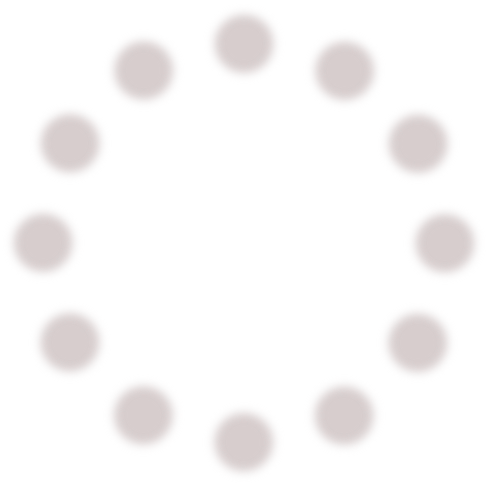The 52nd Venice Biennale of Art
December 27, 2011
I often write up my travels so I don’t forget them. Here is an excerpt from a longer essay on this year’s Biennale featuring my favorite installation of the season Art Tempo at the Palazzo Fortuny and the artist, El-Anatsui, from Ghana
I’m reading a new book that I just picked up but it grabbed me from the get go. Orhan Pamuk who lives in Istanbul and writes so beautifully says, “I read a book one day and my whole life was changed. Even on the first page I was so affected by the book’s intensity I felt my body sever itself and pull away from the chair where I sat reading the book that lay before me on the table. … It was such a powerful influence that the light surging from the pages illumined my face; its incandescence dazzled my intellect but also endowed it with brilliant lucidity.” Yeah! That’s what I want in an Art Show! Dazzle me! Change my life! Make me lucid! Bring it on, Baby!
Seeing new Art here is in part such a pleasure because of the city itself. My Venice is an aging beauty. She is perhaps slowly sinking, She has been dying for centuries but Death becomes her. The theme was never better displayed than at the Palazzo Fortuny in a hauntingly beautiful exhibition. The website explains, “The idea of the exhibition was conceived by Mattijs Visser (Den Haag, 1958), Head of Exhibitions, Museum Kunst Palast, Dusseldorf, and Axel Vervoordt (Antwerp, 1947), Antique and Art Collector and designer from Antwerp, and developed from a close collaboration with the City of Venice… [also involved is] Jean-Hubert Martin (Stasbourg, 1944), international curator and former director of Georges Pompidou Centere.”
These names are possible to remember for about five minutes but Visser & Vervoordt deserve to be remembered for this incredible experience of the passing of time and its relationship to beauty. To say this concept totally hooked me is to know me.
Like many of the installations here the fact that they are here is really part of the work. Sometimes just getting into the palazzo is as much fun as the art. In this case the setting is the Palazzo Fortuny, which you can visit almost any time you like, but you never saw her looking more beautiful or better dressed. Mario Fortuny is a local legend. His designs and fabrication of silks are world famous. They have an old-fashioned elegance and rather timeless appeal. One of our friends here, Lino Lando, still uses Fortuny silks and Fortuny’s original designs to create exotic Victorian/Islamic silk chandeliers. To stage this particular exhibition in the space where Mario Fortuny lived and worked is particularly inspired. It is intimate and very Venetian and in my view it’s hard to get better than intimate and very Venetian.
So what does Palazzo Fortuny wear to her grand party? Why a shawl of gorgeous golden fabric of course. This will take some work so bear with me. Carefully remove the gold foil from the top of a whiskey bottle and flatten out the small rectangular piece. Find another and attach them together with a small copper wire ring on the corners. Repeat this process ten thousand times and you will have a shimmering metal fabric big enough to drape a building. This is the art of El-Anatsui, from Ghana. He has dressed the Palazzo Fortuny to go out for the evening in this seductive glittering veil. He has several of these works in the Biennale and they are truly gorgeous. Don’t take my word for it, ask Mitchell Kahan who bought one of his pieces for the Akron Museum. I only know this since the Akron Museum was mentioned and a photograph was included in one of the national Italian papers (24 Ore), the Wall St. Journal of Italy, for their profile of the Biennale in their prestigious Sunday Arts section
This art is highly tactile. It is so perfect for Venice as it has all the Byzantine aesthetic of a fourteenth century mosaic. Greek Orthodox Empress, Theodora, former circus performer and prostitute, so famously depicted in the mosaics at Ravenna would approve. You can also imagine the impact if you have ever seen a Gustav Klimpt in the flesh. You know how his paintings shimmer and glow? These huge “fabrics” give off the same incandescence. Imagine that timeless Klimpt “Kiss” in your mind. If you were tucking that couple into bed, the quilt you would use could be made out of one of El-Anatsui’s burnished golden fabrics.
The exhibition itself is filled with power objects and talismans cherry-picked from all over the world. The designers are trying to immerse you into a mood and it doesn’t matter if the object you are looking at is a sixth century Buddha, a sexy slash painting by Lucio Fontana, the skull and bones of a cow, or an ordinary wooden crate from the studio of Le Corbusier. Each object is redolent. The exhibition has all the poignancy of an October day when the leaves are falling, past their prime, and you suddenly know winter is on the way.
Take about two hundred of these carefully chosen fetish objects. Artfully arrange them with consummate skill in a famous thirteenth century Venetian palazzo. They create juxtapositions and harmonies that express the passage of time, inevitability of death, and the fragile beauty of life. This one exhibition was worth the entire trip. It succeeded in creating an experience as evocative and eternal as Venice herself.







